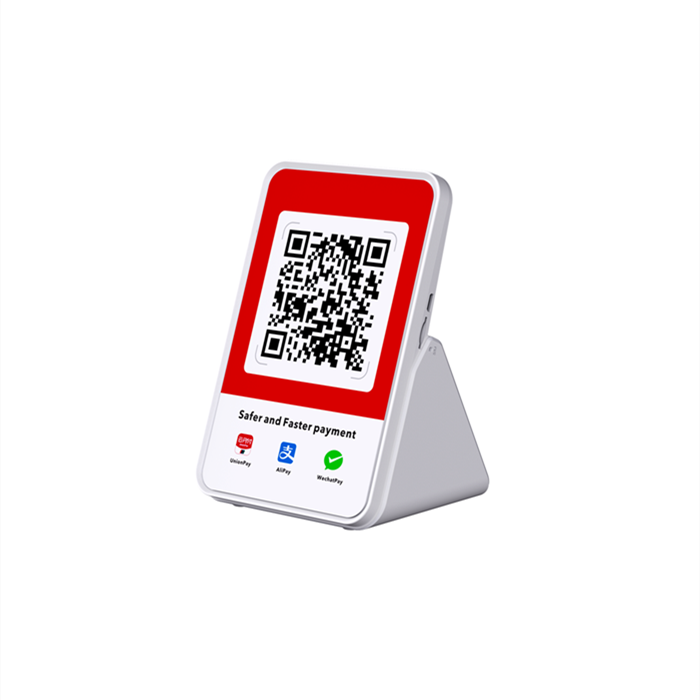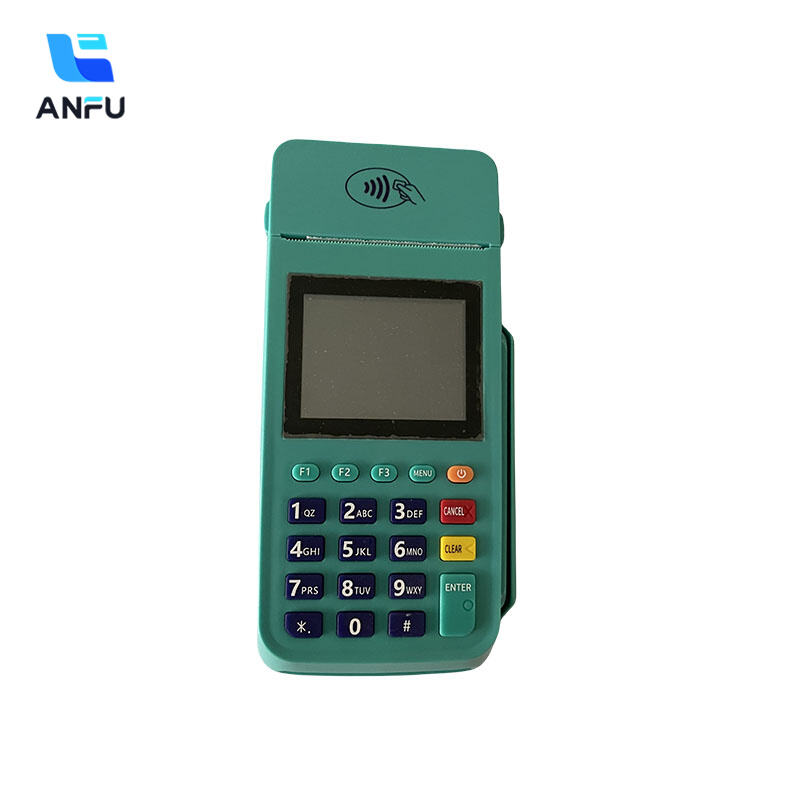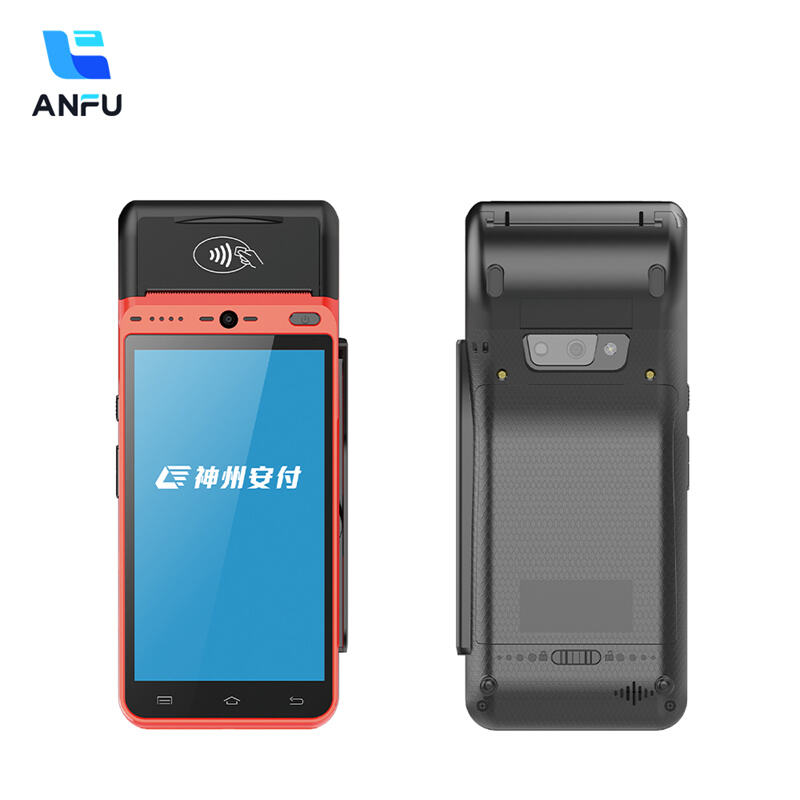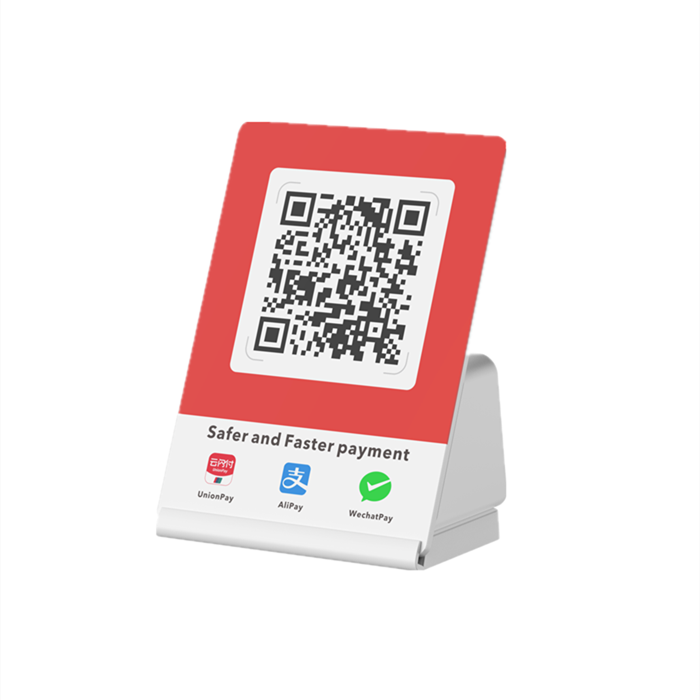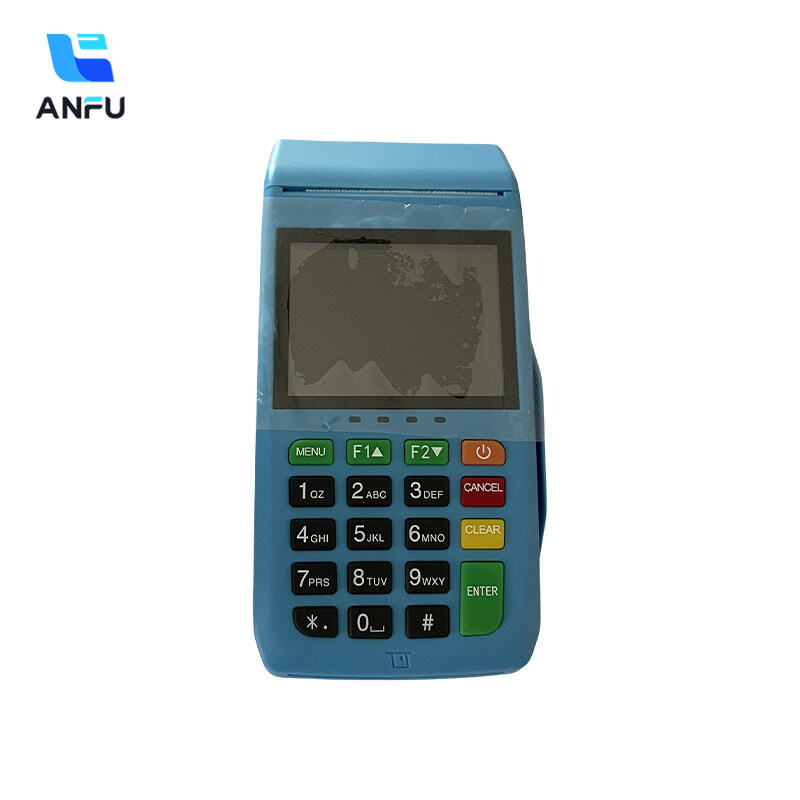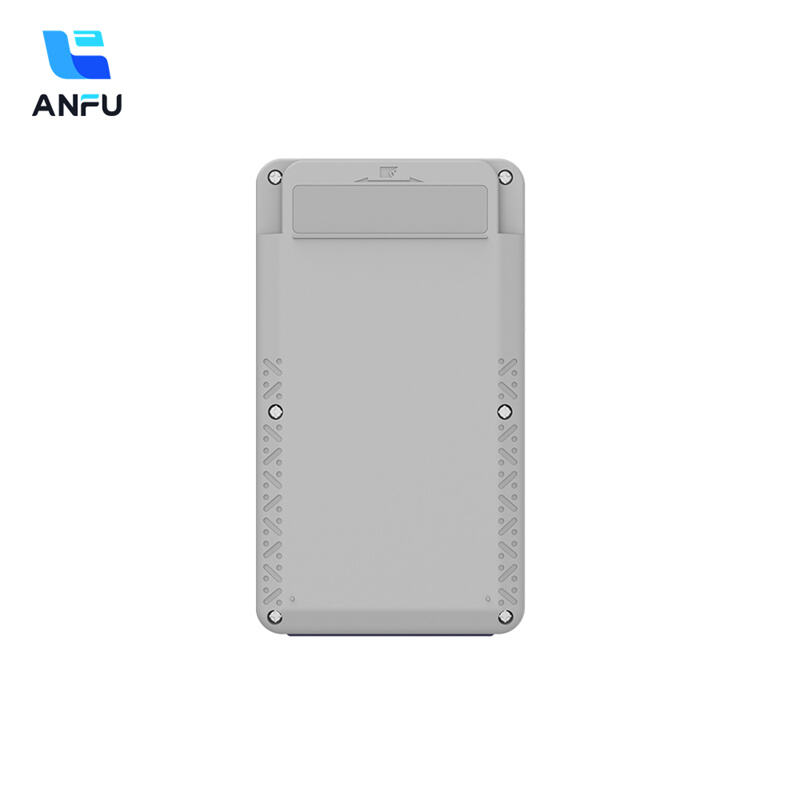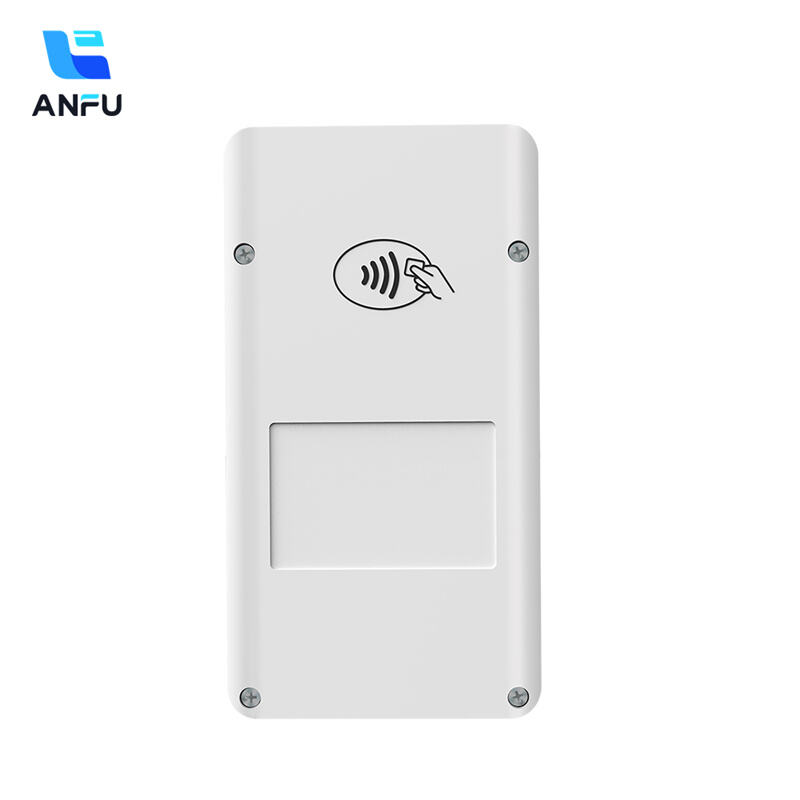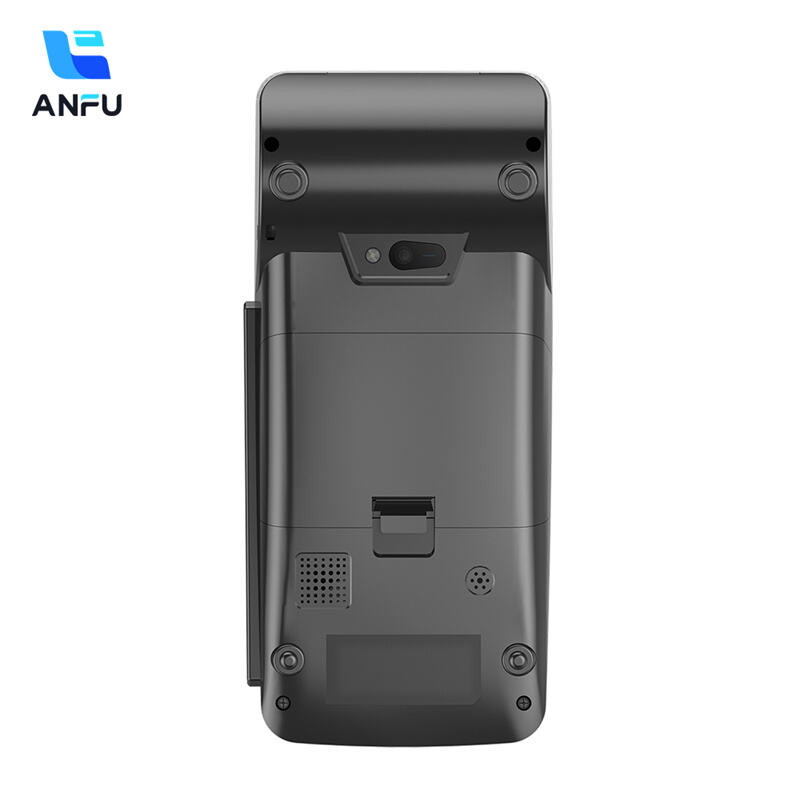How Android POS Outperforms Traditional POS Systems in 2025
Android POS vs. Traditional POS: Core Differences in 2025
Hardware Flexibility: From Fixed Terminals to Mobile Solutions
Android based point of sale systems stand out because they work across different hardware options. Businesses can run them on regular tablets, smartphones, or even traditional cash registers depending on what makes sense for their operations. The ability to switch between these devices means stores can implement mobile checkout solutions wherever needed, making things much easier for customers who want to shop without standing in line at the register. Old school POS setups tend to stick with those bulky fixed stations that don't move around well. Retailers often find themselves stuck with equipment that gets in the way when staff needs to rearrange displays or help customers throughout the store. According to recent market research from 2025, about two thirds of all retailers have made the switch to mobile POS technology. Most cite the simple interface and how easily these systems adapt to changing store layouts as major factors behind this shift towards more flexible payment processing solutions.
Software Ecosystem: Open-Source vs. Proprietary Systems
What sets Android POS systems apart from others is their software ecosystem, thanks largely to being built on open source code. This means businesses get to tweak things however they need and plug in all sorts of apps without any hassle. The flexibility really shines when companies have unique requirements or want something tailored specifically for their operations, plus there's no need to pay those expensive licensing fees that come standard with most traditional POS setups. Traditional systems usually run on closed platform software that doesn't bend much and comes with big price tags attached. Industry reports suggest that switching to open source options could boost return on investment by around 30%, mainly because companies spend less on software itself while still getting full control over what features matter most to them. With money saved this way, many small businesses find they can invest back into marketing efforts, employee training programs, or even expand into new markets altogether.
Key Advantages Driving Android POS Dominance
Seamless Omnichannel Integration
What makes Android POS systems really shine is how they tie everything together across different sales channels. Retailers can track transactions whether someone walks into the store, shops from home, or browses on their phone while waiting in line at the coffee shop. Customers love this because it takes away all those annoying gaps between where they buy stuff. Prices stay the same no matter which channel they pick, and special offers work everywhere too. Market research shows something interesting here too – around three quarters of shoppers actually prefer stores that keep things consistent across all these different ways of buying. So for businesses trying to please customers, getting an Android based system seems like a smart move these days when everyone wants convenience and consistency.
Real-Time Inventory and Sales Analytics
Android POS systems bring something special to the table when it comes to managing inventory and tracking sales data in real time. Businesses get instant visibility on what's in stock and how products are selling, which cuts down on those frustrating situations where shelves sit empty or warehouses overflow with unsold goods. The impact on day-to-day operations has been pretty remarkable too. Studies show companies see around a 20 percent boost in productivity after switching to these real time analytics tools. For small retailers especially, having this kind of information at their fingertips means better decisions about restocking, pricing strategies, and ultimately keeping customers happy without tying up cash in excess inventory.
NFC and Digital Wallet Compatibility
Most Android point-of-sale systems now come equipped with NFC capabilities, letting customers pay quickly without touching anything - something shoppers have definitely come to expect these days. These systems work great with popular digital wallet apps too, including Apple Pay and Google Pay, giving consumers plenty of ways to get things done at checkout. Retailers are seeing big changes here. Contactless transactions shot up around 30% last year alone according to recent reports. For shop owners looking ahead, getting comfortable with these new payment methods isn't just nice to have anymore. Stores that don't offer them risk falling behind competitors who already have Android POS setups ready to handle all those tap-and-go purchases happening everywhere else.
Cost Efficiency and Scalability for Modern Businesses
Lower Upfront and Maintenance Costs
Android POS systems tend to be much cheaper than traditional ones because they require less money upfront. The hardware is pretty flexible too, so businesses can actually use all sorts of different devices instead of buying expensive specialized equipment. Maintenance isn't such a headache either since most Android POS systems work in the cloud, which means there's usually no need to hire someone to come onsite every time something goes wrong. Retailers who switched to these systems report saving around 40% just on getting started costs compared to what they paid before. That kind of money saved opens up possibilities for stores to invest in things that really matter for their future instead of spending everything just to get the basic system running.
Cloud-Based Updates and Remote Management
Android POS systems really shine when it comes to supporting cloud based updates and management. Businesses get software upgrades right away through this feature, so they don't have to wait weeks or even months for their systems to stay current without anyone needing to physically touch the hardware. What's more, managers can handle most issues remotely these days. Need to fix something? Just hop on a laptop anywhere in the world and sort it out. Tech industry reports suggest that shops using cloud management see about a quarter less downtime related to IT problems. That kind of reliability makes daily operations run much smoother and keeps productivity levels high. For small businesses especially, being able to manage everything from afar gives them flexibility to respond fast to whatever comes next in the market.
2025 Innovations: How Android POS is Evolving
AI-Powered Customer Insights
Bringing AI into Android point-of-sale systems is changing how companies look at what customers actually want. These smart systems track buying habits and spot trends, so businesses can adjust their marketing approaches to better connect with shoppers. Retailers have started using this data to suggest products based on what similar customers bought before, which tends to push sales upward. Some studies show that stores implementing these AI tools see around a 20% revenue boost after about twelve months. The real value comes from understanding shoppers day to day rather than just chasing big numbers on paper, something that gives edge to businesses focused on keeping customers happy.
Biometric Authentication and Enhanced Security
Android point-of-sale systems are getting a major security boost thanks to biometric authentication features. Fingerprint scans and face recognition technology now help prevent unauthorized access at checkout counters across many businesses. For consumers worried about their personal info after all those recent data leaks, these secure payment options matter a lot. Cybersecurity professionals point out that when stores adopt biometric tech, they cut down on fraudulent activity by around half in some cases. That kind of protection benefits shop owners while giving shoppers peace of mind knowing their credit card details stay safe during purchases.
Future-Proofing Retail with Android POS Adoption
Adapting to Hybrid Payment Trends
Retailers looking to stay relevant need to get on board with Android POS systems if they want to match what customers are asking for these days. The ability to handle different kinds of payments has become really important now that everyone is moving toward digital transactions. Stores can take all sorts of payments through these systems including old fashioned credit/debit cards but also newer stuff like mobile wallets and those tap-to-pay options. When shops offer this variety, people tend to be happier with their shopping experience and the store stands out against competitors in this increasingly online world. According to some industry reports, around 60% of all transactions could be happening via these mixed payment approaches by 2025. So for any retailer wanting to keep pace with changing habits and not lose ground in the market, getting familiar with Android based point of sale solutions seems pretty much necessary at this point.
Kiosk Mode for Streamlined Operations
When Android POS systems go into kiosk mode, retailers get a real chance to make things run smoother. Customers can check themselves out faster and look up product details right away. The upside? Shorter lines for shoppers and employees free to do what they do best - help people find stuff, answer questions, maybe even upsell a few items here and there. Stores that put these self service stations in place typically see better efficiency numbers too. Some studies show queues shrink around 30% when these kiosks are working properly. What does this mean for everyone involved? A shopping trip that feels quicker and friendlier generally makes customers happier and more likely to come back again. Retailers end up running their stores more efficiently without sacrificing good old fashioned service.
Recommended Products
Hot News
-
Smart Card 2019
2024-01-23
-
Trustech 2019
2024-01-12
-
Futurecom 2019
2024-01-12
-
Seamless Payments Asia 2020
2024-01-12
-
Seamless Middle East 2022
2024-01-12

 EN
EN
 AR
AR
 BG
BG
 CS
CS
 DA
DA
 NL
NL
 FR
FR
 IT
IT
 JA
JA
 KO
KO
 PL
PL
 PT
PT
 RU
RU
 ES
ES
 TL
TL
 ID
ID
 LT
LT
 UK
UK
 VI
VI
 HU
HU
 MT
MT
 TH
TH
 TR
TR
 FA
FA
 AF
AF
 MS
MS
 MK
MK
 HY
HY
 AZ
AZ
 KA
KA
 BN
BN
 BS
BS
 LO
LO
 MN
MN
 NE
NE
 ZU
ZU
 MY
MY
 KK
KK
 UZ
UZ
 KY
KY
